Parts and consumables:
- Brake fluid
- rags
Notes:
The master brake cylinder reservoir also serves as a supply reservoir for the clutch release master cylinder on vehicles with a manual transmission and is connected to the cylinder by a flexible hose. Checking the level and topping up the brake fluid for vehicles with automatic transmission is similar.
Do not reuse the fluid drained from the system: it is contaminated, saturated with air and moisture.
Brake fluid type - DOT -3 or DOT-4 . We recommend checking the level before each ride and topping up the reservoir if necessary.
When changing the brake fluid in the system, remember or write down the brand of fluid that will be filled in so that when topping up, use the fluid of the same brand.
The tank is installed on the main brake cylinder on the left side of the engine compartment near the bulkhead. Control the level of the working fluid visually. On the translucent wall of the tank body are marked "MIN" and "MAX" .
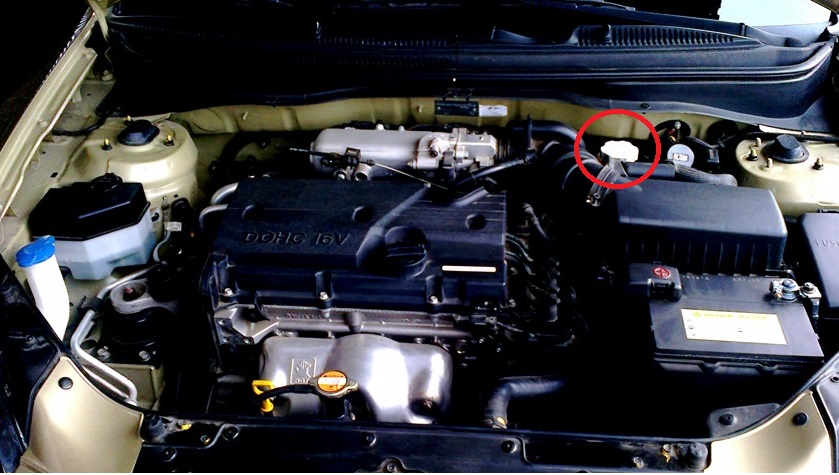
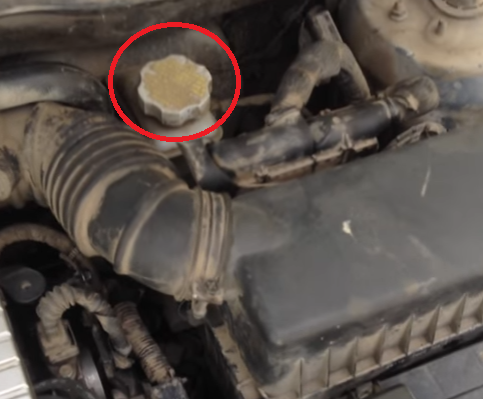
1. Check the brake fluid level in the reservoir. It must be at least the “MIN” mark on the tank body.
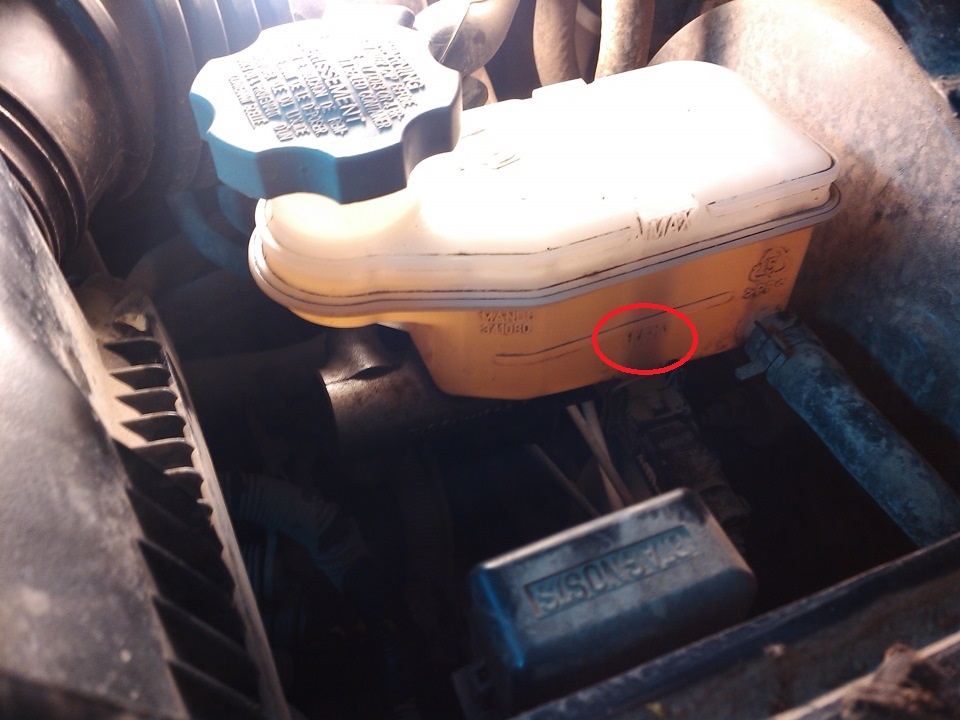
2. If the brake fluid level is below the “MIN” mark, unscrew and remove the reservoir cap.
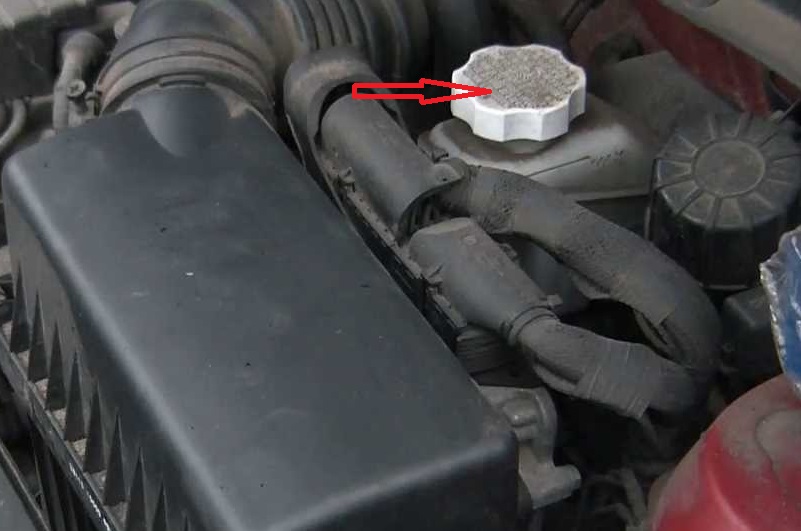
Warning:
A gradual drop in the brake fluid level with no leaks most likely indicates the need to replace the brake pads. Check the condition of the brake pads. Untimely replacement of pads leads to expensive repairs (replacement of brake discs and calipers)!
Pay special attention to the condition of the clutch master and slave cylinders. They can also cause a decrease in the level of brake fluid in the reservoir.
3. Add brake fluid up to the "MAX" mark.
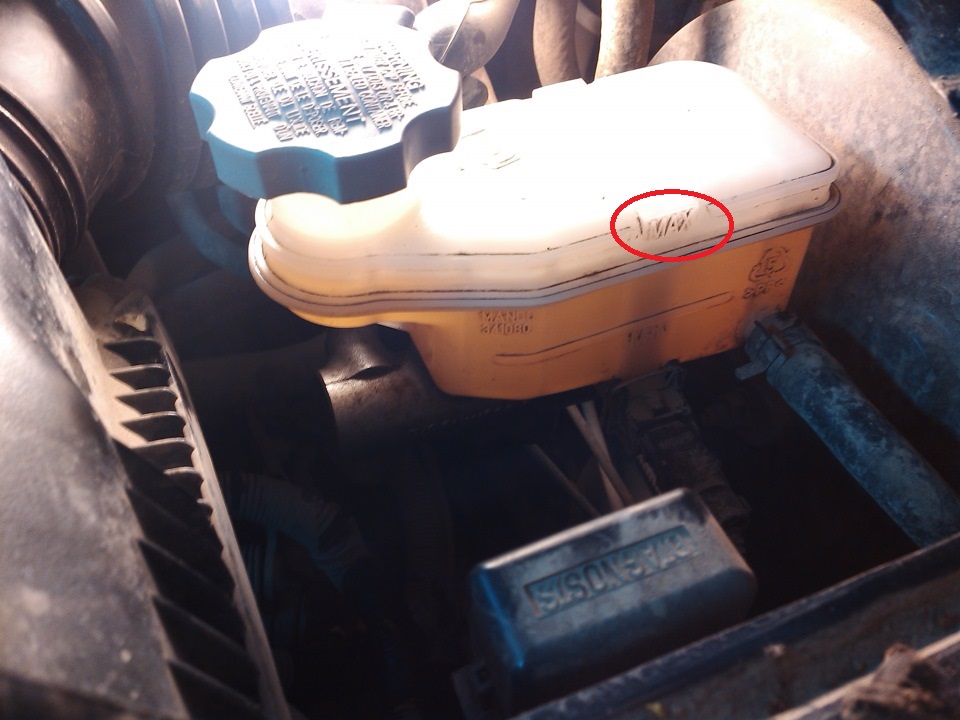
4. Screw on the tank cap. Wipe up spilled liquid with a clean cloth.
Warning:
Be careful when handling brake fluid, it is toxic. Avoid getting brake fluid in your eyes. If brake fluid gets into your eyes, rinse immediately with plenty of running tap water.
Helpful Hints:
In order not to expose yourself to unforeseen expenses for the repair of the brake system, and even the entire car as a whole, in the future, replace the brake fluid with fresh one in a timely manner. It is very hygroscopic and absorbs moisture from the air, which, in addition to corroding parts of the brake system, lowers the boiling point of the fluid itself, and this can lead to brake failure during frequent heavy braking.
Contact of brake fluid on wires, plastic or painted body parts can cause damage, so always use clean rags when filling. If liquid comes into contact with these parts, wipe them off immediately with a clean cloth.
The article is missing:
- High-quality repair photos
- Photo of parts and consumables
Source: carpedia.club
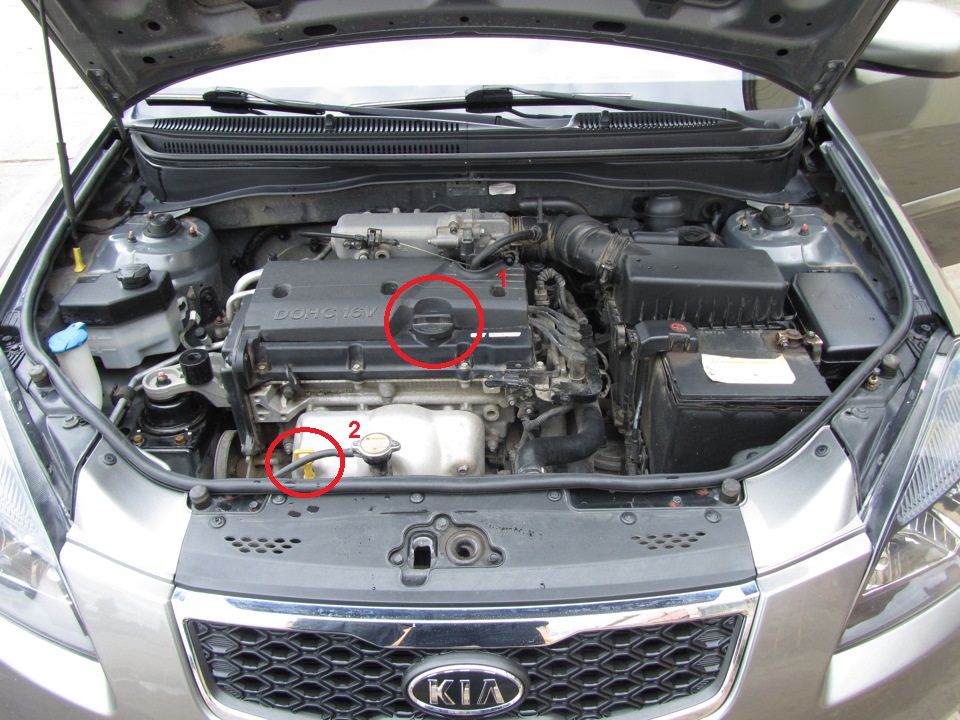
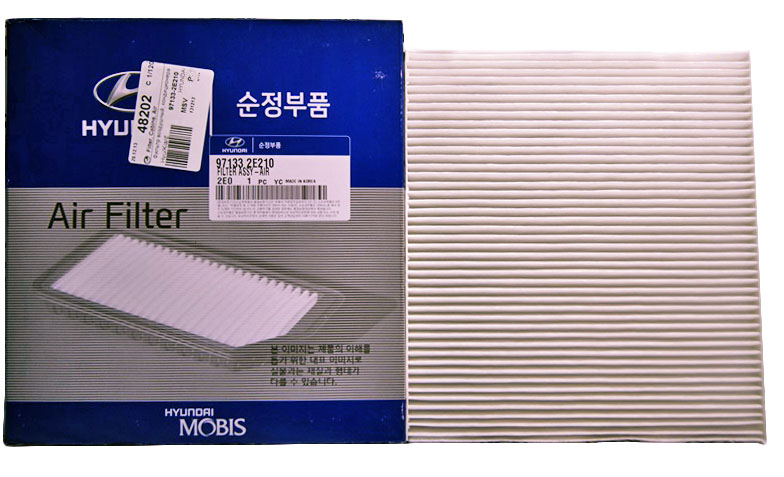
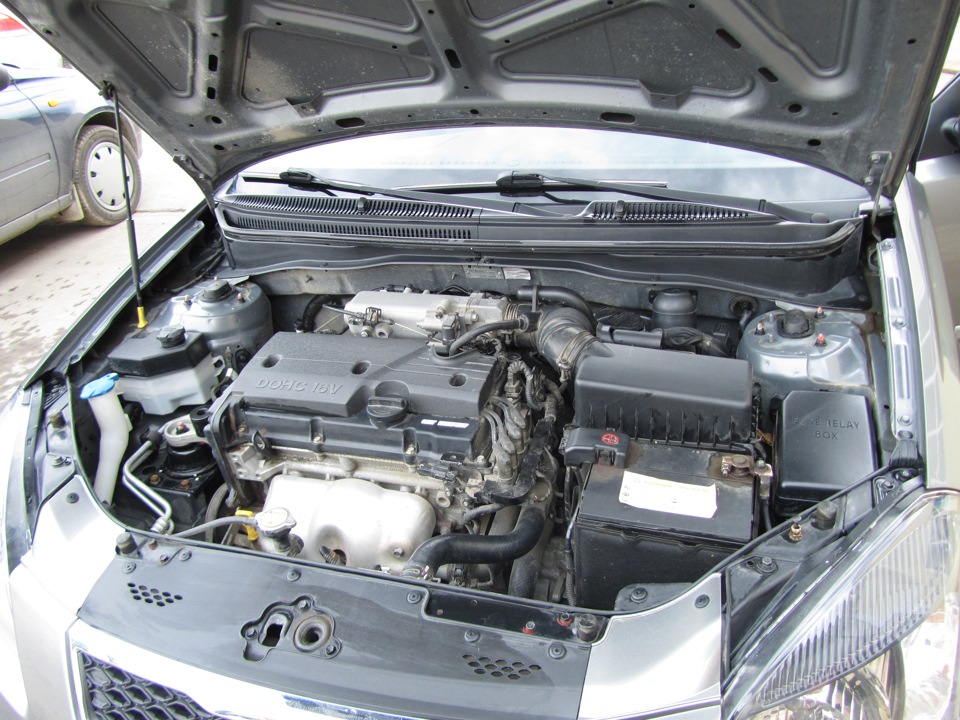
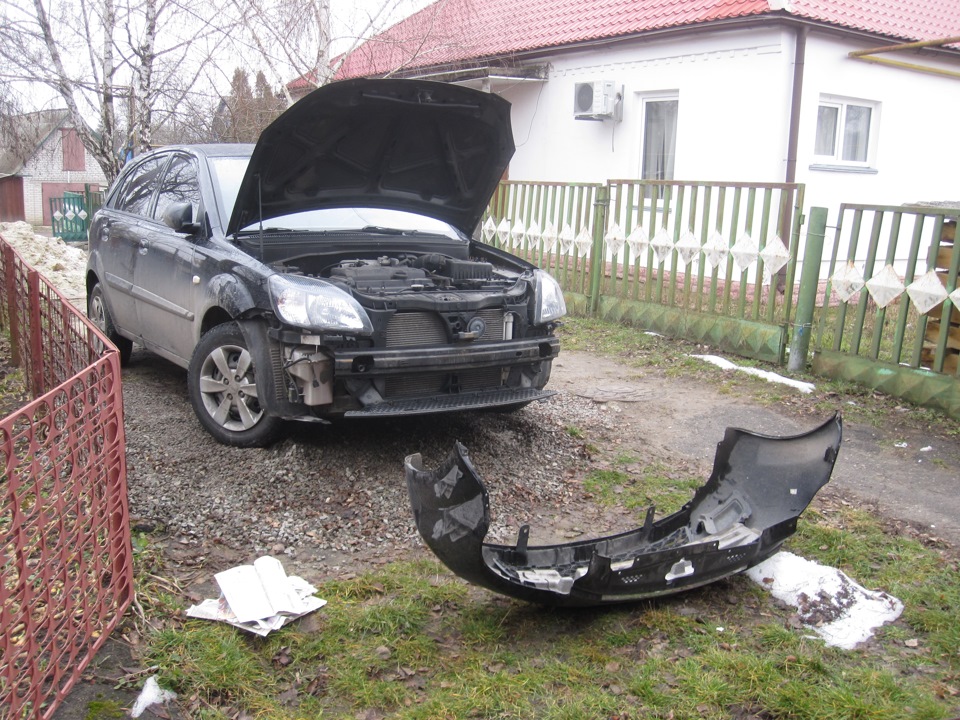
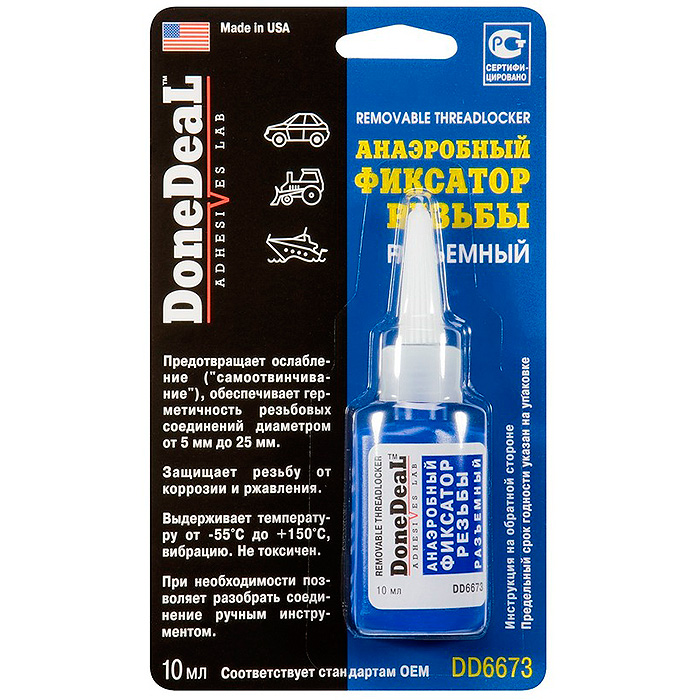
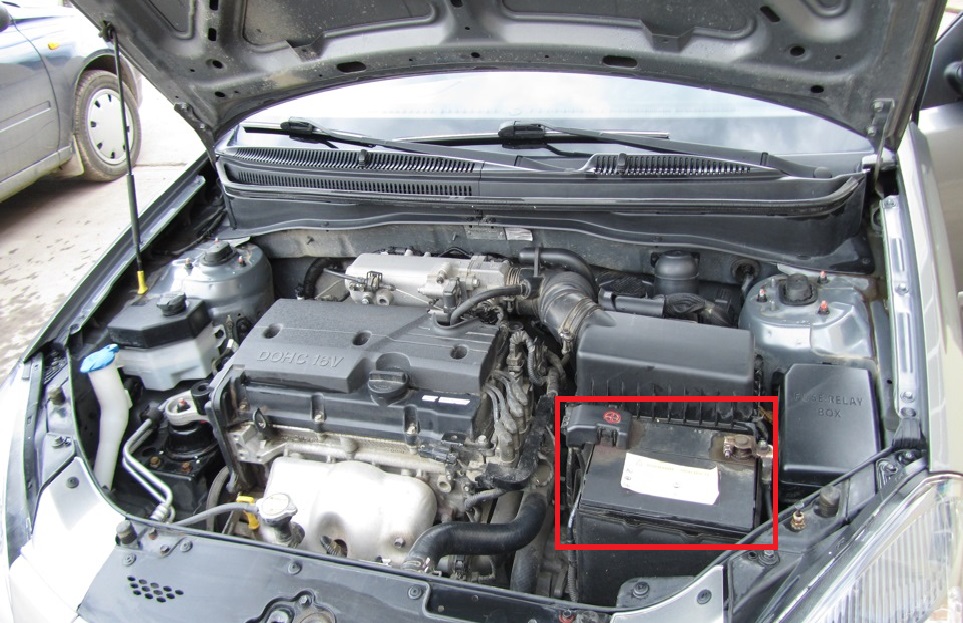

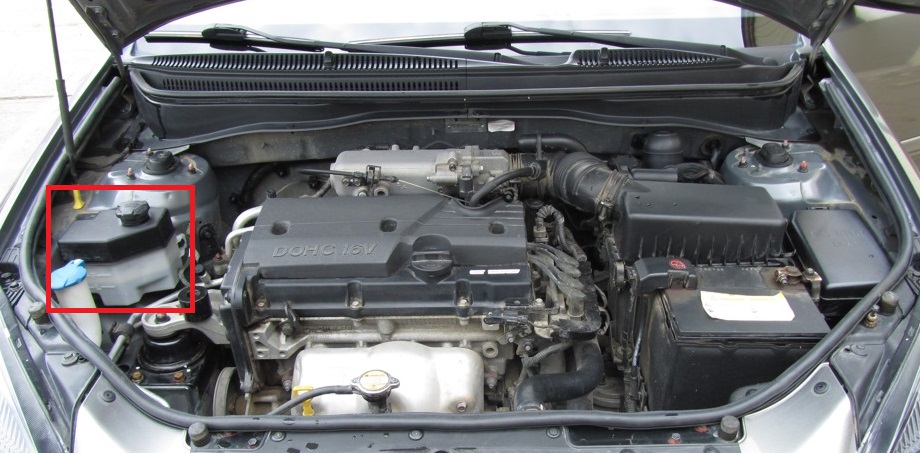
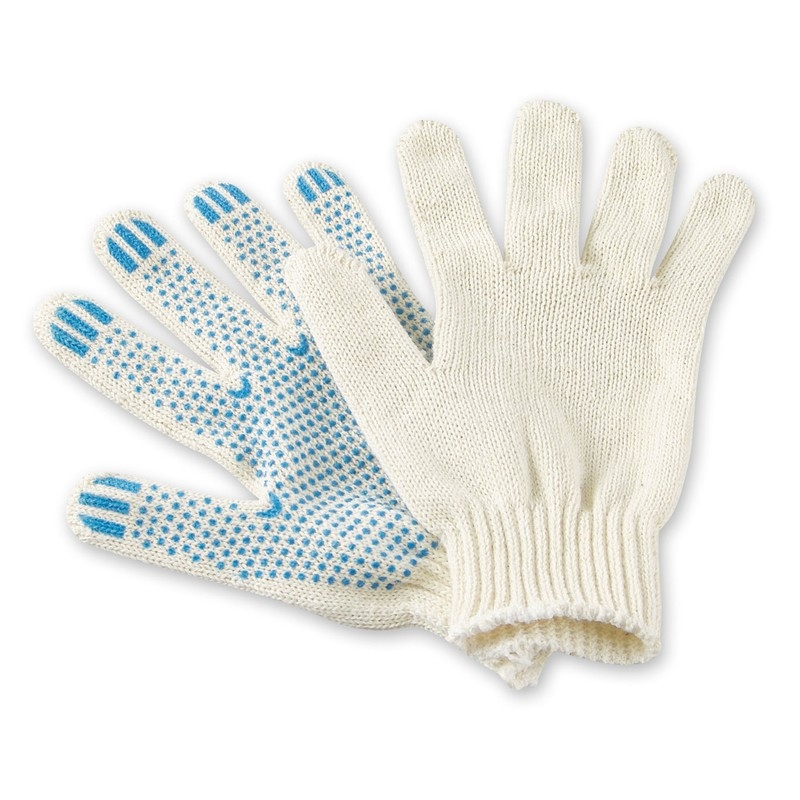
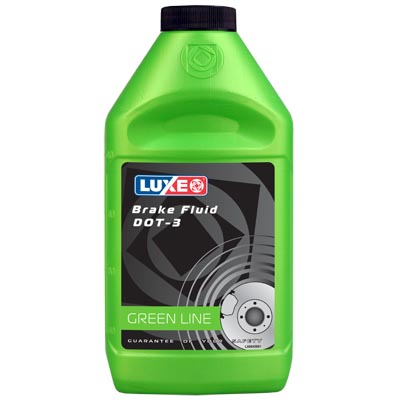
![2 generation [2005 - 2009]](/uploads/Kia_Rio_2005_-_2011.png)
![3 generation [2011 - 2015]](/uploads/9b0bb8ba0203729f482ae8eb3b95c4f1.jpg)
